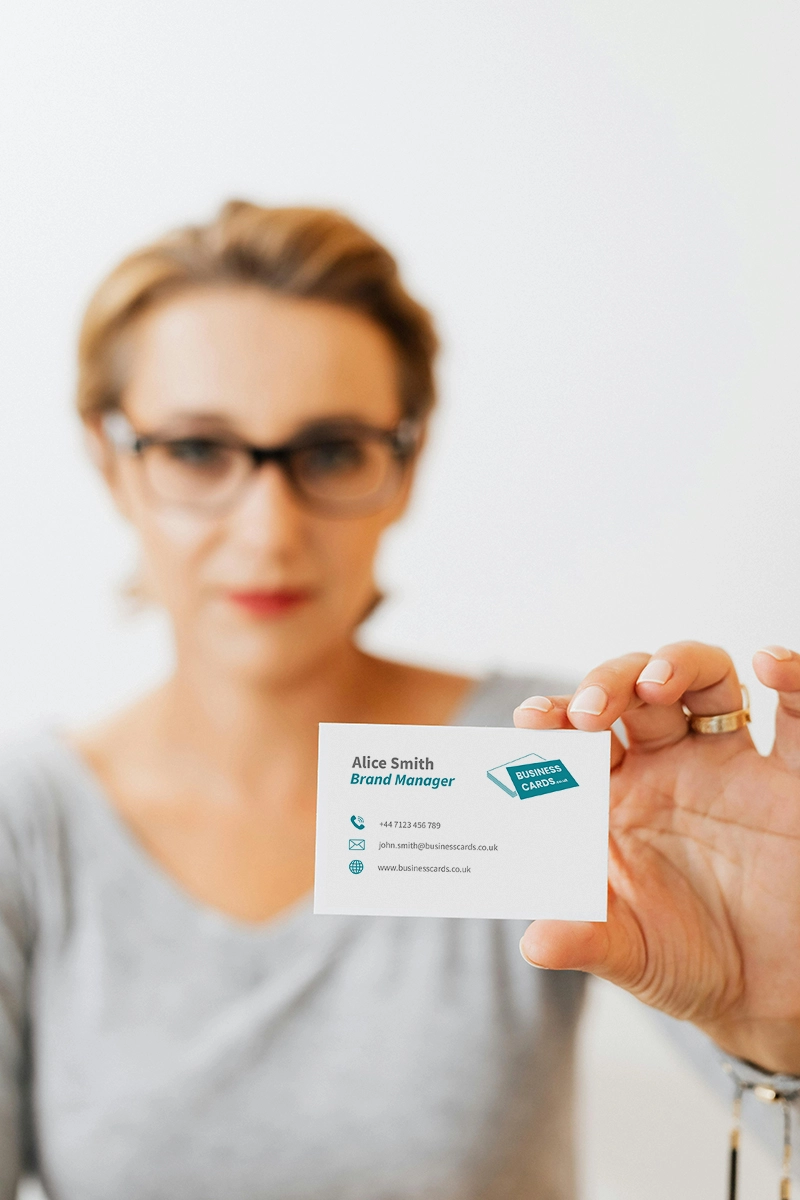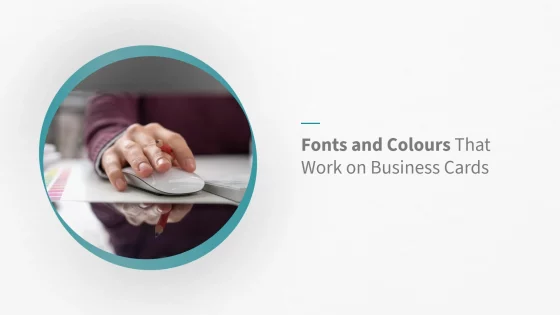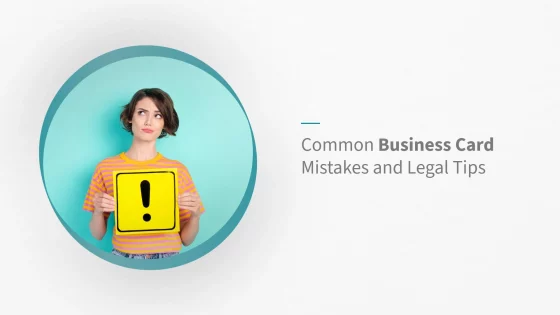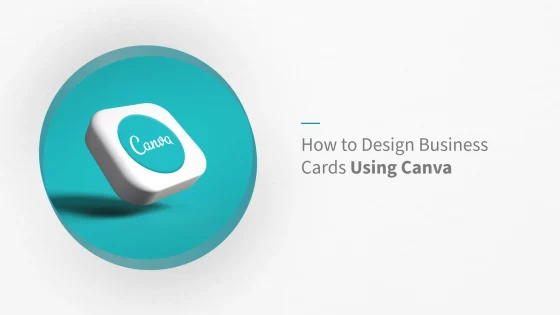Fonts and Colours That Work on Business Cards
Your business card is more than contact information—it’s a reflection of your brand. Fonts and colours play a crucial role in how that message is received. Choose well, and your card will be remembered. Choose poorly, and it may go unnoticed—or worse, end up in the bin. In this guide, you’ll learn which fonts and colour combinations work best for printed business cards, how to make informed design decisions, and what’s trending in the UK for 2025. Whether you’re designing your first card or refreshing your brand identity, this article offers practical insights that can help you create a polished, professional result.
The Best Fonts for Business Cards: Legibility Meets Personality
Your choice of font determines how clearly your information is communicated and how your brand is perceived. Good typography can convey professionalism, creativity, or reliability—all within seconds.
What Makes a Font Effective:
- Legibility: Ensure every detail is easy to read at arm’s length.
- Tone: Use fonts that reflect your industry and brand tone.
- Consistency: Stick to fonts used across your brand assets for a cohesive identity.
Recommended Font Styles:
- Sans-serif fonts (e.g. Helvetica, Avenir, Futura) – Clean and modern, ideal for body text and contact details.
- Serif fonts (e.g. Plantin, Clarendon) – Traditional and refined, often used for names and company titles.
- Script or decorative fonts – Best used sparingly to add personality, such as in personal names or logos.
Font Size by Content Type
Using a single font size across your business card can look monotonous—and using too many can create chaos. Here’s a smart size breakdown for different elements:
- Name & Job Title: 10–11 pt. Keep it prominent but not oversized.
- Company Name: 10–12 pt if it appears alone or with a logo. Don’t exceed 13 pt.
- Contact Information: 8–9 pt. This should be readable without competing for attention.
- Script or decorative fonts: May require 11–12 pt to remain legible. Always print-test these.
Never go below 8 pt for any content. Anything smaller may be difficult to read on standard 85 x 55 mm UK card dimensions.
Group Font Sizes for a Cleaner Layout
Visual consistency improves readability. Group similar information using the same size and style:
- Use the same font size for all contact info lines (email, phone, web address).
- Keep your name and job title in the same font and aligned style.
- Use bold or slightly larger text for hierarchy rather than different fonts.
This structured approach makes the card easier to scan and avoids a cluttered look.

Colour Combinations That Work on Business Cards
Colour plays a powerful role in highlighting details, guiding the eye, and reinforcing brand identity. In print, it’s essential that your colour choices are both attractive and functional.
Best Practices for Colour in Print:
- Work in CMYK: Always use CMYK colour mode for accurate results in print, not RGB.
- Limit the palette: Stick to 2–3 colours for a balanced and uncluttered layout.
- Maximise contrast: Ensure high legibility between text and background shades.
Effective Colour Pairings:
- Navy and white – Professional and versatile across industries.
- Black and gold – Ideal for a premium look, especially when paired with foil.
- Neutrals with a bold accent – Clean and modern without appearing bland.
Avoid harsh or “vibrating” combinations like red on green, or purple on blue, which are hard to read. Pale fonts on light backgrounds are also best avoided for clarity.
Aligning Fonts and Colours with Your Brand Identity
Fonts and colours aren’t just decorative—they communicate your business values. A consistent brand identity builds trust and makes your card instantly recognisable.
Essentials for Brand Consistency:
- Use branded fonts: Reflect the typography used in your logo or website.
- Stick to your brand colours: Avoid introducing new tones unless you’re updating your identity.
- Match tone and personality: Creative agencies may use bold colours and modern fonts, while financial or legal firms may prefer conservative combinations.
Understanding Colour Psychology:
- Blue – Reliability and professionalism.
- Green – Growth, health, and eco-awareness.
- Red – Confidence, energy, and urgency.
- Black/Grey – Sophistication and authority.
Accessibility in Business Card Design: Fonts and Colours That Everyone Can Read
A well-designed business card should be accessible to as many people as possible. That means thinking beyond style to ensure readability for users with visual impairments or colour vision deficiencies.
- High contrast text: Use dark text on light backgrounds or vice versa. Avoid pale fonts over coloured stock.
- Readable typefaces: Stick to sans-serif or clean serif fonts. Avoid ornate scripts or condensed letterforms.
- Consider colour blindness: Avoid relying solely on colour to convey meaning. Red/green combinations are especially difficult for many.
- Minimum size compliance: Ensure body text is no smaller than 8pt and test designs at arm’s length.
Accessible design not only expands your audience but also reflects professionalism and care for your customer base.
Balance Typography with Logos and Graphics
Strong business card designs rely on visual balance. Your fonts should never compete with your logo or any supporting visuals. Instead, they should work together to reinforce your brand’s presence.
- Proportional design: Ensure your logo doesn’t overpower text, and vice versa.
- Alignment matters: Centre or align text in relation to your brand icon for symmetry.
- Whitespace: Give your text and logo breathing room so each element is easy to absorb.
If your design includes a bold icon or colourful graphic, consider using simpler typography to maintain clarity.
Choose the Right Paper Stock and Finish
The feel of your business card leaves a tactile impression. Paper quality not only affects durability but also the way fonts and colours appear once printed.
- Heavier stock (350gsm+): Feels premium and holds ink well.
- Textured cards: Add personality, but can impact the legibility of small or fine fonts.
- Uncoated vs coated: Uncoated stock gives a natural finish; coated stock enhances colour vibrancy.
Consider the end experience. A heavier card with subtle texture often communicates more quality than a standard glossy finish.
2025 Trends in UK Business Card Design
Printed business cards are adapting to a more refined, tactile and minimalist design language. The focus has shifted toward understated layouts and quality materials that reflect clarity and professionalism.
What’s Trending:
- Minimalist layouts: Clean designs with generous white space and focused text.
- Typography-forward cards: Fonts used as visual anchors or artistic elements.
- Muted and earthy tones: Olive, clay, charcoal—tones that signal authenticity and calm.
- Metallic foils and embossing: Premium finishes that add depth and tactile contrast.
These trends emphasise deliberate design choices. Less is more—especially when space is limited and first impressions count.

Print Testing and Real-World Design Checks
No matter how good your business card looks on screen, it’s essential to test how it performs in print. Small font sizes, thin lines, and low contrast can behave differently when transferred to paper.
- Print at actual size: Always print test cards at 100% scale on a home or office printer to check legibility.
- Proof on similar stock: Try to use paper with similar weight and texture to your final card material.
- Check under different lighting: Test readability in daylight and dim conditions.
- Test font combinations: Mix headers, body, and accent fonts to see how they interact visually.
Before you commit to a full print run, consider ordering a sample from your printer. This helps spot alignment, contrast, and sizing issues early—saving time and money.
Design Inspiration: Business Card Styles That Work
If you’re unsure of where to start, consider the following proven design styles. Each offers a unique way to express your brand personality through font, colour and layout.
- Minimalist design: Simple fonts, subtle colours, and clean spacing for a modern, sophisticated look.
- Vintage or retro: Script fonts and warm tones evoke nostalgia while staying stylish.
- Bold and geometric: Strong shapes, vibrant colours, and heavy-weight typography for maximum impact.
- Cards with a twist: Consider non-standard shapes, fold-out elements or spot gloss to leave a memorable impression.
Whichever style you choose, ensure it’s consistent with your existing branding—and that it prints as beautifully as it looks on screen.
Design Mistakes to Avoid
- Too many fonts or colours: Creates visual clutter and confusion.
- Poor contrast: Makes text hard to read, especially in low lighting.
- Overuse of effects: Drop shadows, bevels, or gradients often reduce legibility.
- Inconsistent alignment: Misaligned text or logos can make the design feel unprofessional.
- Neglecting proofing: Typos and formatting errors damage credibility—always review before printing.
A business card should be clear, cohesive, and easy to digest at a glance. Prioritise structure and balance over novelty. For accessible colour contrast ratios, refer to WCAG guidelines.
Conclusion: Design with Clarity and Intent
Fonts and colours are more than design tools—they’re brand signals. By selecting typefaces and colour schemes that reflect your identity and print effectively, you ensure your business card sends the right message every time it’s handed out.
Keep your layout structured, your type readable, and your print finish aligned with your brand quality. A well-designed business card has the power to open doors.
Ready to print cards that speak for you? Explore our premium business card printing or match your designs across our full stationery range. Make every detail count.


